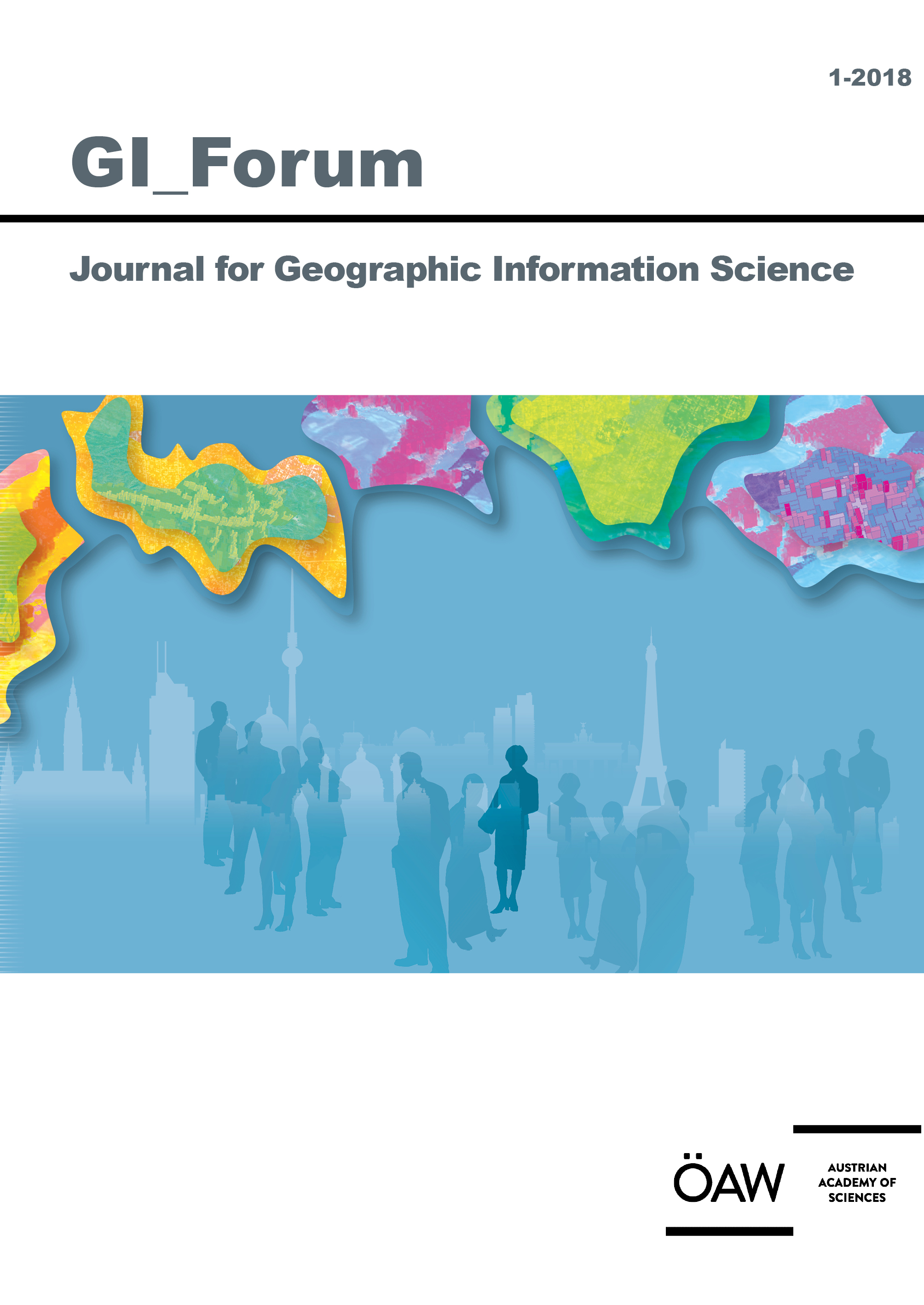
GI_Forum 2018, Volume 6, Issue 1, pp. 274-290, 2018/06/22
Journal for Geographic Information Science

Models and quantitative analyses deal with numbers. In general, numbers have a very specific meaning in that they represent a phenomenon as idiosyncratic (singular) in a way that words cannot do. However, the quality as well as the quantity of a phenomenon must be considered in order to understand its nature more comprehensively. Furthermore, the use of both numbers and terms incorporates presuppositions about what is perceived as relevant and valuable, which is not usually evidently visible – their existence is realized through reductionism. The reduction of a phenomenon to a number, therefore, does not neglect its intrinsic value. As is the case with terms, models and quantities are jeopardized by being instrumentalized in scientific research and political debates. ‘Quod erat expectandum’ thus has a twofold meaning: (i) Models and quantifications are expected to create a reality rather than simply represent it. They are used to grasp the world(s) that surround(s) us. (ii) Models and quantifications are expected to reduce complexity. This methodologically and epistemologically built-in mechanism is – in a positive as well as in a critical sense – inevitable.
Keywords: singularity of numbers, framed analysis, reductionism, models as creators of realities